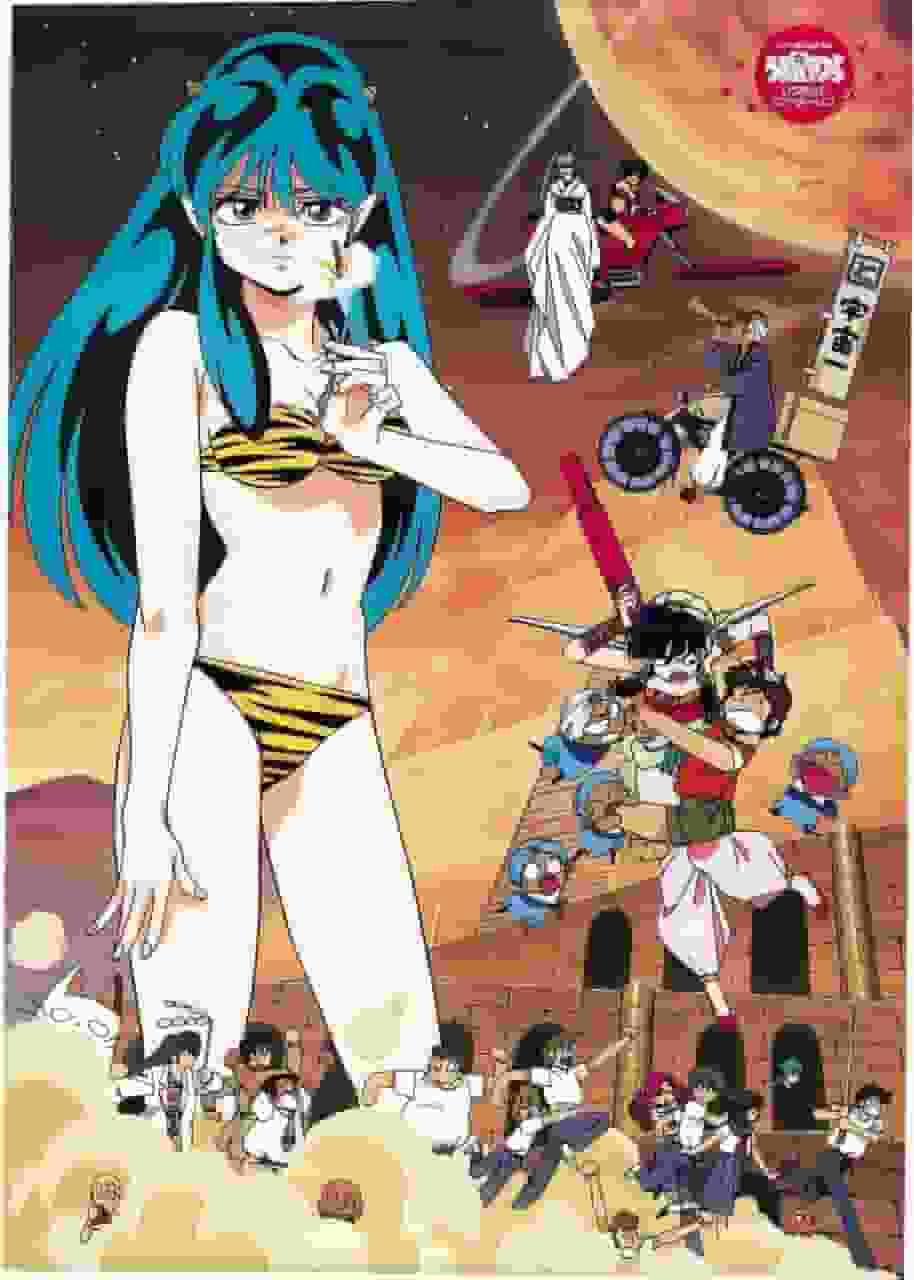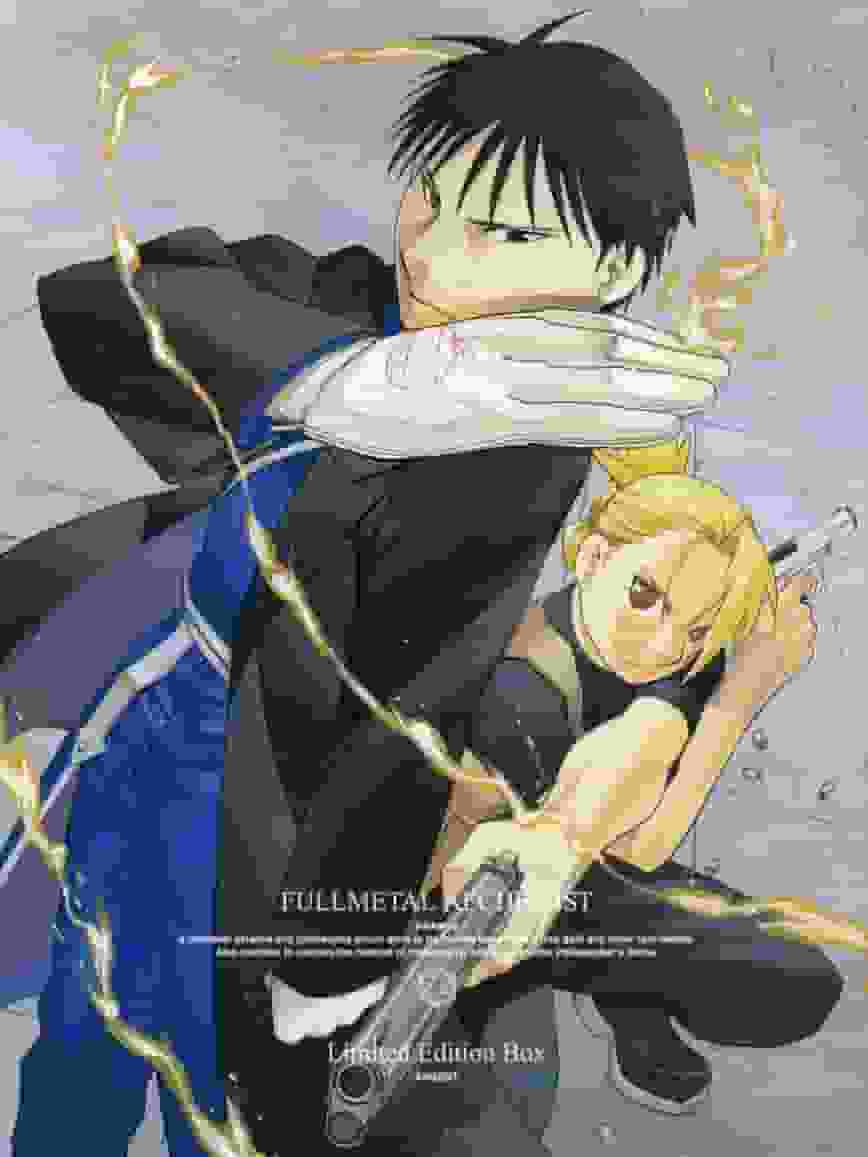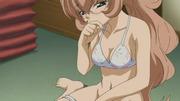"Tsuruhane" review: A moving story and beautiful visuals

"Tsuruhane": A historic masterpiece of Japanese animationIntroductionReleased in June 1959, "Tsuruhane" is a work that has made its mark in the history of Japanese animation films. This work is notable for being an animated film released in theaters and based on an original anime work. Packed with deep emotion and beautiful visuals in a short 11-minute run, this work can be said to be the culmination of the passion and talent of director Kiji Tanaka and his staff. In this article, we will take a detailed look at the story, production background, staff, and reviews and recommendations of "Tsuruhane". storyThe story of "The Crane Wings" begins with the life of a young man from a poor farming family and his puppy. Although the young man worked hard every day, his life was still poor and he lived a hard life. One day, he found a crane that had been hit by an arrow in the fields and healed its wound. The crane flew off into the sky with a feeling of gratitude. Winter soon arrived, and the young man was unable to work due to the deep snow, and he fell into poverty. One day, a beautiful girl came to his house bearing a shining woven cloth. The young man was surprised but gladly accepted the cloth, and exchanged it for gold in the capital. However, when he ran out of money, he asked the girl to weave cloth for him again. The girl listened sadly, but made a point of asking her not to look at his work. The young man played every day, but could not wait any longer and peeked through the gap in the paper screen into his workplace. There, he saw a crane plucking feathers one by one from its wings and weaving. Surprised, the young man ran into the scene and saw the weakened crane about to fly away. The young man threw the woven cloth to the crane, which turned into many feathers and returned to the crane's wings. The crane flew happily over the farmer's house and flew away to nowhere. From then on, the young man worked diligently and diligently. This story is a fusion of moving human drama and beautiful visuals, leaving a deep impression on the viewer. In particular, the scene where the crane sacrifices its feathers to weave cloth symbolizes the beauty of self-sacrifice and pure love. The story of the young man's growth, from repenting of his mistakes to working hard, is also moving. Background"Tsuruhane" is distributed by Kyodo Eigasha and produced by Nippon Manga Eiga, Bansai Koichiro and Yoshioka Souami. It was directed and written by Tanaka Kiji. The film was made during the golden age of Japanese animation in the late 1950s and represents the best of the technology and artistry of that era. At the time, Japan was in the process of transitioning from the postwar reconstruction period to a period of rapid economic growth, and society as a whole was seeking new values and culture. Animation films were part of this trend, and works that would appeal to adults as well as children were in demand. "The Crane Wings" was produced in response to the demands of the times, and was loved by many audiences. Main StaffMany talented staff members were involved in the production of "Tsuruhane." Kiji Tanaka, who wrote the script and directed it, was a key figure in leading the Japanese animation film industry after the war. His scripts excel at depicting human drama and have the power to deeply move the audience. The composition and illustrations were done by a wonderful team of artists, including Hajime Morohashi, Taiji Nagai (Yasuharu Nagai), Shiro Tsuchiya, Fumiaki Kamikane, Kazue Shirai, Kiyoko Tokunaga, Masao Kimura, and Shigeharu Hirata. The beautiful visuals drawn by their hands further enhance the emotion of the work. In particular, the work of Shigeru Hirata, who was in charge of the backgrounds, plays an important role in enriching the worldview of the work. The cinematography was done by Koichi Kubota (Akira Kubota) and the music was composed by Hikaru Hayashi. Hikaru Hayashi's music is an essential element in expressing the deep emotion of the work. The recording was done at Ginza Studio, and Reiko Niimura participated as a voice actor. Reiko Niimura's voice plays a role in further enhancing the emotion of the work. Ratings and Recommendations"Tsuruhane" has been highly acclaimed since its release in 1959. In particular, its beautiful visuals and moving story have captured the hearts of many audiences. This work occupies an important place in the history of Japanese animation films and has had a great influence on later generations of animation creators. Here are some reasons why I recommend this work:
"Tsuruhane" is a masterpiece that packs deep emotion and beautiful visuals into a short film. Recommended not only for animation film fans, but for anyone looking for a moving story. Rediscover the charm of Japanese animation films from the 1950s through this film. Supplementary Information"Tsuruhane" is a work that made its mark in the history of Japanese animation films in 1959, and it also had a major impact on the development of Japanese animation films thereafter. In particular, the fusion of a moving story and beautiful visuals has been carried over to subsequent works. Furthermore, this work reflects the values and culture of postwar Japanese society, making it an important work from a social history perspective as well. Furthermore, the film appeals to both children and adults, and has been loved by a wide range of generations. In particular, the themes of self-sacrifice and growth have touched and moved many people. This film can be said to be a symbol of Japanese animation films of the 1950s, and its value is still highly valued today. Conclusion"Tsuruhane" is a noteworthy work in the history of Japanese animation films. The beautiful visuals and moving story deeply impressed viewers and had a great influence on later generations of animation creators. This work is a symbol of the golden age of Japanese animation films in the 1950s, and its value is still highly valued today. We recommend this work not only to animation film fans, but to anyone looking for a moving story. Rediscover the charm of Japanese animation films of the 1950s through this work. |
<<: Tanuki-san Big Hit - A deep review of the fascinating story and characters
>>: "Koneko Studio" review: A must-see animation for cat lovers
Recommend
The visual image and voice actors of the TV animation "The Cook of the Maiko Family" adapted from the manga were announced and will be broadcast on February 25th
According to new news released by NHK, the visual...
The popular manga "Jujutsu Kaisen" has exceeded 10 million cumulative copies and the official announced that all old volumes will be reprinted
On October 29, Shueisha announced that the popula...
The movie "Jiang Ziya" released a poster of the four-faced version with dense and detailed hair
The Chinese animated film "Jiang Ziya" ...
A thorough analysis of the appeal and emotion of "Star Child Painty"! Reevaluating the masterpiece of Everyone's Songs
Star Child Painty - Hoshinoko Painty "Hoshi ...
The appeal and evaluation of G-on Riders: A must-read review for anime fans
G-on Riders - Zeon Riders - Comprehensive review ...
Hanma Baki: Shadow Fighting/Super!! Prison Battle Season 1 Review: Enjoy the ultimate fighting entertainment
Hanma Baki - Actual Shadow Fighting Chapter/Super...
High School Tekkenden Tough Round 1 Review: Exploring the depth of the story and characters
High School Tekkenden Tough ROUND 1 - A passionat...
The OP theme song of the TV animation "Rent-a-Girlfriend" Season 2 will be aired on July 1st
The second season of the popular TV animation &qu...
A thorough analysis of the excitement and appeal of the Yama no Susume Omoide Present!
Deep dive into the appeal and emotion of "En...
Harrison Ford stars in The Call of the Wild, an adaptation of Jack London's novel of the same name.
Today (November 2), the movie "The Call of t...
"Mobile Suit Gundam" Theatrical Trilogy 4K Remastered Blu-ray Disc Released Classic Collection
The classic "Mobile Suit Gundam" origin...
'Midway' director Emmerich admits regrets making 'Independence Day' sequel
Director Roland Emmerich's latest war blockbu...
"Transformers: Origins" releases "never-before-seen" dubbing special, with Thor and Black Widow teaming up again!
The movie "Transformers: Origins" produ...
Yusaku Maezawa appeared in a famous girl's comic magazine. Japan's "Sicong" spoke out
Do you remember the big man Yusaku Maezawa, who w...
Netflix original animation "Baki Hanma" reveals multiple characters and will be released exclusively on September 30
The third part of Netflix's popular original ...









